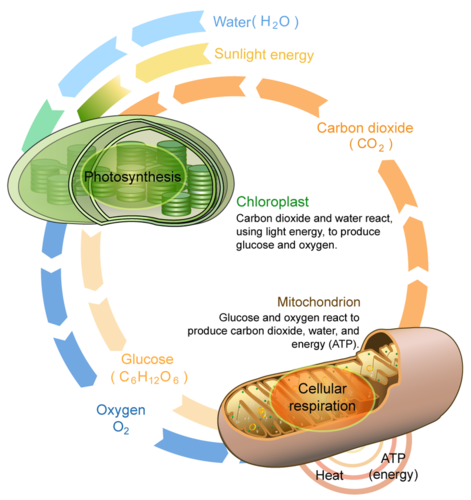My strengths in this unit was understanding photosynthesis and cellular respiration. It is easier for me to follow processes. My weakness in this unit was remembering all the different parts of the cell
and their functions. Remembering is hard for me. A way for me to better understand is watching video and pausing it to get all of the information down. Watching video multiple of times would help me understand the material more. I am a better student because I know how to approach difficult material. I want to learn more on different parts of the cell. I wonder about what else can the cell do. For the test I can go over the notebook and check for concepts that I don't understand. I would also go over the vodcast and CFU
